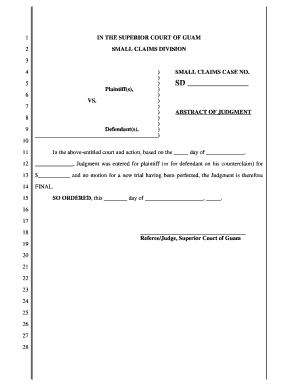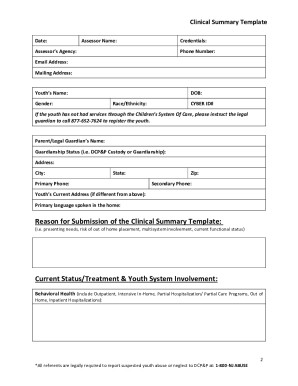Customizable Professional Abstract Templates. Locate, preview, edit, and get Professional Abstract Templates to save hours and improve your productivity.








Document managing can stress you when you can’t locate all the forms you require. Fortunately, with DocHub's considerable form collection, you can find everything you need and easily handle it without changing between applications. Get our Professional Abstract Templates and start working with them.
Using our Professional Abstract Templates using these simple steps:
Try out DocHub and browse our Professional Abstract Templates category easily. Get a free account today!